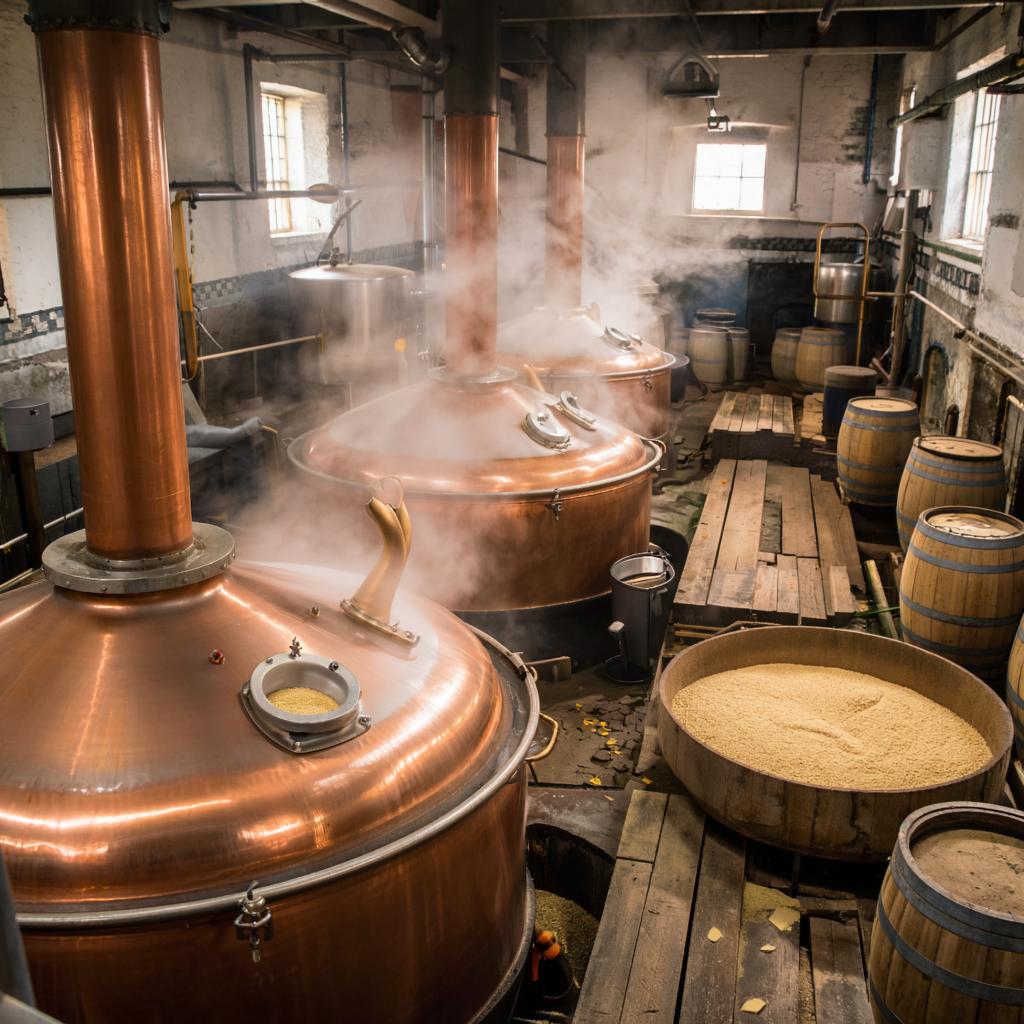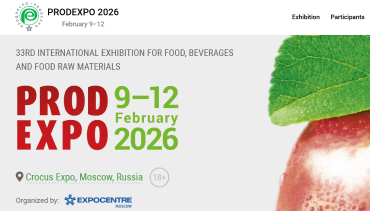Malt market in Russia

According to the results of January-April 2025, the total malt production shows a negative trend — compared to the same period last year, the decline was 1.6%. At the same time, they produced the same amount in monthly terms as in April 2024.
Despite the decrease in production volumes, the price range for light barley malt is now from 39,000 to 43,000 rubles per ton without VAT, which is already an average of 30% higher than in the summer of 2024. This dynamic is associated with an increase in raw materials and production costs for malt producers and a high refinancing rate, which increases the cost of lending to operating activities.
It is significant that malt stocks increased by 4.6%, which is probably due to a significant drop in malt exports by almost 3 times to 42 thousand tons of malt for the period January-May 2025 compared to the same period in 2024. However, the situation is not the same across regions. In the North-West of Russia (NWFD), a sharp decrease in stocks was recorded by more than 60%, which may signal an increase in supplies to large and medium-sized producers throughout Russia.
The decline in retail sales of beer products also affects the price: according to Rosstat,
In the first quarter of 2025, in half of the subjects of the Russian Federation, the volume of retail sales of beer and beer drinks decreased by 10-25% compared to the same period last year. This puts pressure on malt processors and beverage manufacturers, forcing them to review procurement volumes and production plans.
The expected tightening of environmental regulation creates additional pressure on the price. Industry representatives point out that the growth of eco–collection may increase the share of packaging in the cost from 0.5-2% to 5-10%, which is unprofitable for beverage manufacturers, especially given the current decline in consumer demand.
Thus, the malt market in Russia is simultaneously facing an increase in malt stocks due to declining exports, and at the same time a shortage of high-quality malting barley against the background of positive growth rates in beer production, which requires high flexibility and strategic decisions from market participants.






